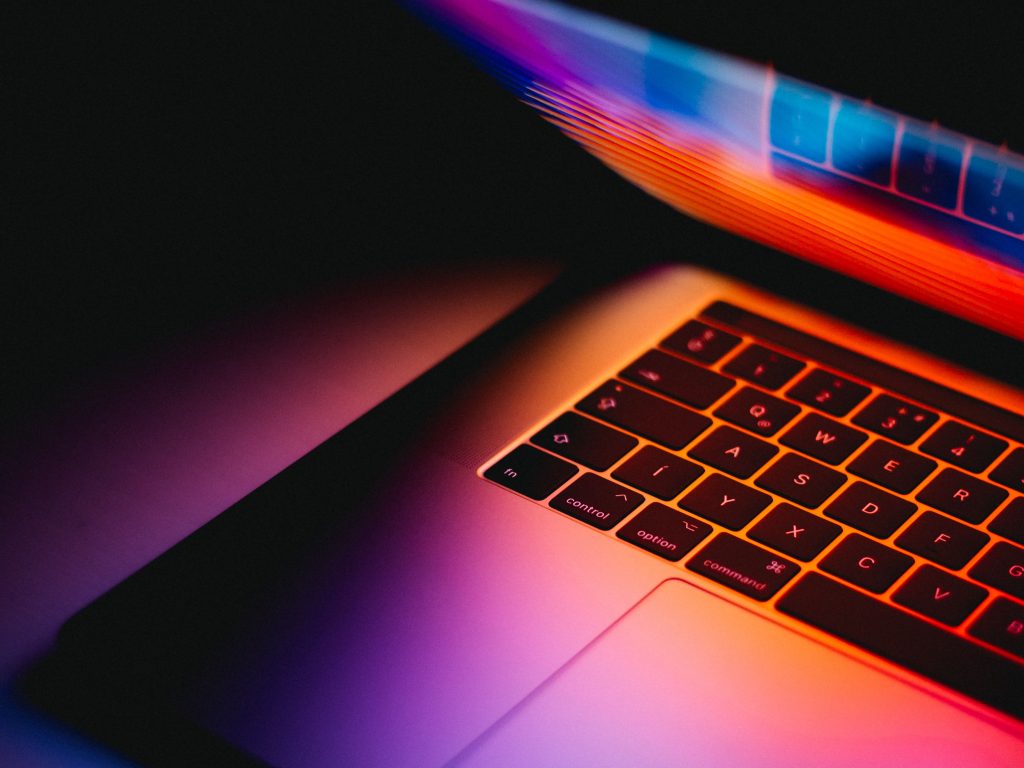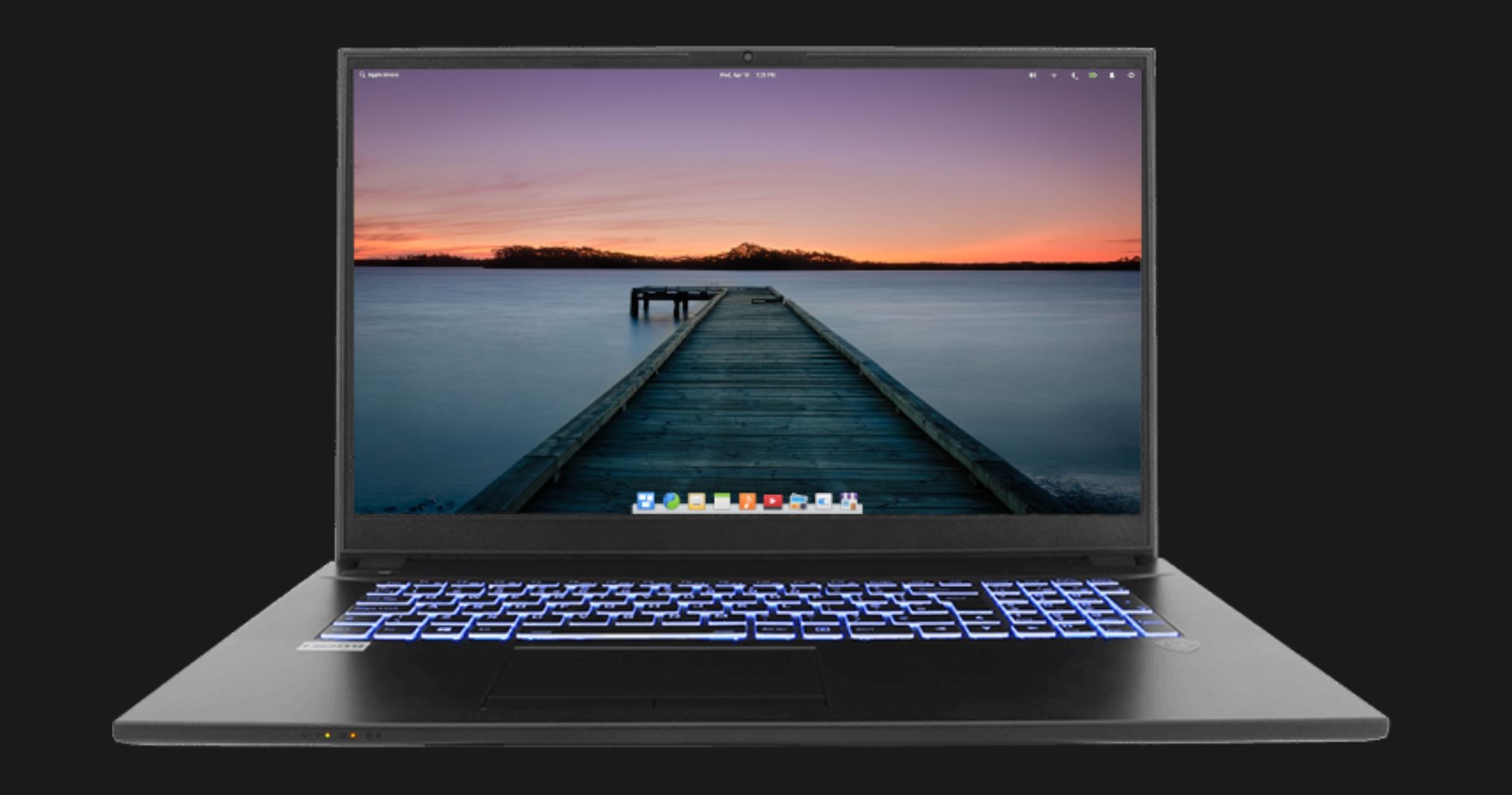Is your laptop being enough for your work? how to buy a good laptop that fulfill your need! (Student version)
Introduction
Laptops have become an essential tool for students,
providing them with the ability to take notes, research information, and
complete assignments on-the-go. However, with so many laptops on the market, it
can be challenging to determine which one is the best fit for your needs as a
student. In this buying guide, we'll explore the technical aspects of laptops
and provide tips to help you make an informed decision when purchasing a
laptop.
Operating System
One of the first things to consider when purchasing a laptop
is the operating system (OS). The most common operating systems for laptops are
Windows, MacOS, and Chrome OS. Each OS has its strengths and weaknesses, so
it's important to consider which one will be the best fit for your needs.
Windows is the most popular OS, offering a wide range of
software and compatibility with a variety of hardware. MacOS is known for its
user-friendly interface and streamlined performance, making it an ideal choice
for creative work. Chrome OS is a cloud-based OS, meaning that most of the
applications and data are stored on the cloud, making it a good choice for
students who need a lightweight and affordable laptop.
Processor
The processor is the brain of the computer, responsible for
processing data and executing tasks. The two most popular processor brands are
Intel and AMD. Intel processors are known for their high performance and power
efficiency, while AMD processors are generally more affordable.
For basic computing tasks, such as browsing the internet,
writing papers, and watching videos, an Intel Core i3 or AMD Ryzen 3 processor
will suffice. For more demanding tasks, such as video editing or gaming, an
Intel Core i5 or AMD Ryzen 5 processor will provide better performance.
RAM
RAM, or random access memory, is responsible for running
applications and storing temporary data. The amount of RAM you need will depend
on the types of applications you plan to run. For basic computing tasks, 4GB of
RAM is sufficient. For more demanding tasks, such as video editing or gaming,
8GB or 16GB of RAM is recommended.
Storage
The amount of storage you need will depend on how much data
you plan to store on your laptop. For basic computing tasks, 128GB of storage
is sufficient. For more demanding tasks, such as video editing or gaming, 512GB
or 1TB of storage is recommended.
There are two types of storage: hard disk drive (HDD) and
solid-state drive (SSD). HDDs are slower and less expensive, while SSDs are
faster and more expensive. For faster performance, an SSD is recommended.
Display
The size and resolution of the display are important considerations when purchasing a laptop. A larger display provides more screen real estate, making it easier to work on multiple applications at once. A higher resolution display provides sharper and more detailed images.
For most students, a 13-inch or 14-inch display is ideal as it provides a good balance between portability and functionality. However, if the student needs a larger display, a 15-inch or 17-inch display may be more suitable.
Resolution is another important consideration for the
display. A minimum resolution of 1920x1080 (Full HD) is recommended for
students, as it provides a clear and sharp display for reading and working on
documents.
Battery Life
The battery life of a laptop is an important consideration
for students who need to work on-the-go. A longer battery life means you can
work for longer periods of time without needing to recharge.
For basic computing tasks, a battery life of 5-6 hours is
sufficient. For more demanding tasks, such as video editing or gaming, a
battery life of 8-10 hours or more is recommended.
Portability
Portability is another important consideration when buying a
laptop for students. A lightweight and compact laptop is ideal for students who
need to carry their laptops around campus. Laptops with a weight of 3 pounds or
less are considered portable and easy to carry.
Price
Price is an essential consideration when buying a laptop for
students. A laptop that meets all the necessary technical specifications can
cost anywhere from $500 to $1500 or more. Students should consider their budget
and choose a laptop that fits their needs without breaking the bank.
Conclusion
Buying a laptop for students can be overwhelming, but it
doesn't have to be. By considering the technical specifications, features, and
other important considerations discussed in this guide, students can choose a
laptop that meets their needs and budget. Whether it's for web browsing,
writing papers, or running basic software applications, a good laptop can make
all the difference in a student's academic success.



Comments
Post a Comment